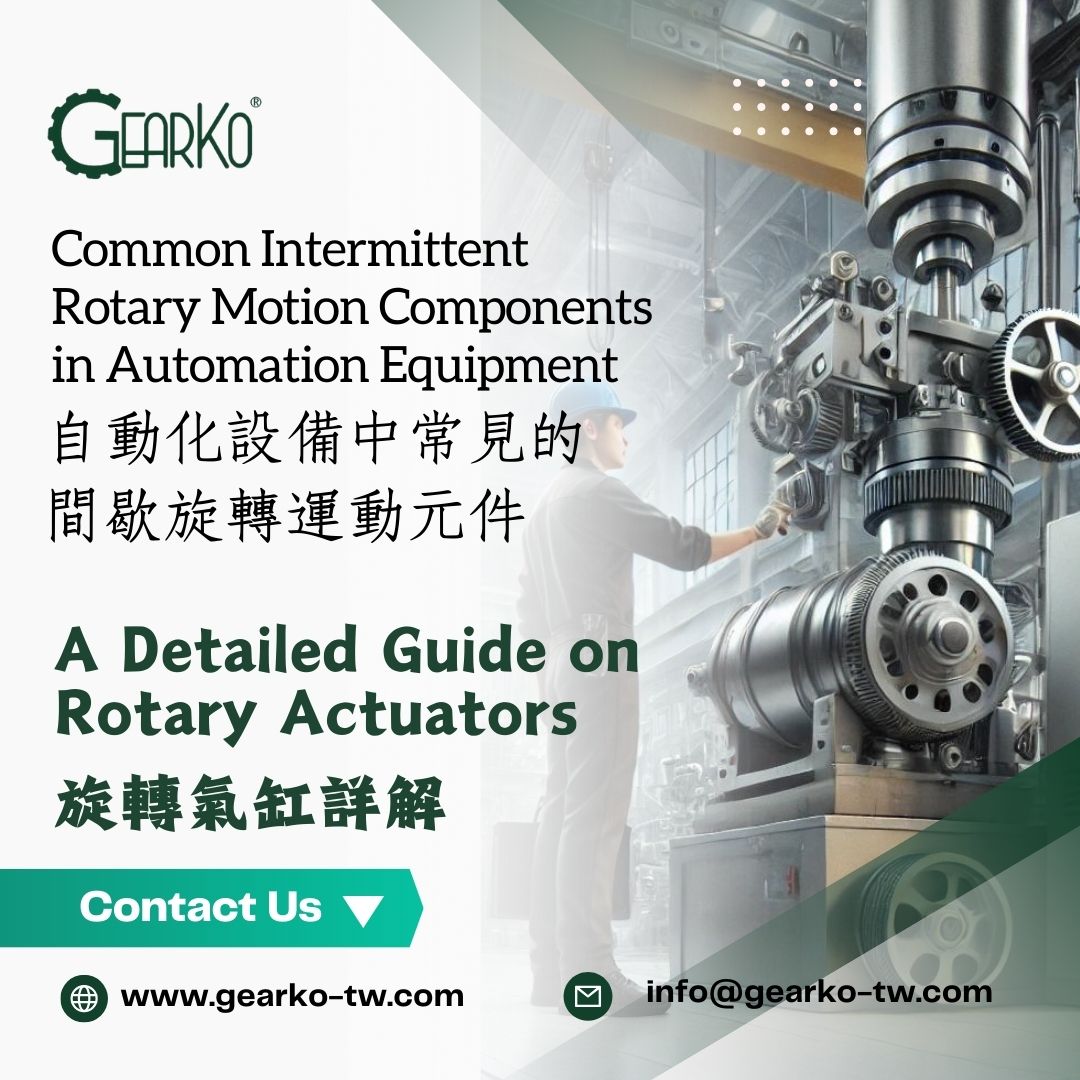2024.08.30
Common Intermittent Rotary Motion Components in Automation Equipment: A Detailed Guide on Rotary Actuators

Intermittent rotary motion refers to a periodic movement of "rotate → pause, rotate → pause…" and is widely used in automation equipment to enhance production efficiency and precision. The stability and accuracy of this motion are crucial to product quality. Common components for intermittent rotary motion include rotary actuators, indexers, and hollow rotary platforms.
In this article, we will delve into the rotary actuator, covering its working principle, power source, rotational characteristics, lifespan, accuracy, advantages, disadvantages, application areas, and precautions. Detailed discussions on indexers and hollow rotary platforms will be presented in future articles.
Introduction to Rotary Actuators
- Principle: The rotary actuator operates through air pressure driving a rotating piston, which returns to its original position after positioning.
- Power Source: Air pressure range of 2~7 kg/cm², 0.2~0.7 MPa.
- Rotational Characteristics: Common rotation angles include 90°, 180°, and 270°, with only A and B point positioning.
- Lifespan: Typically lasts between hundreds of thousands to a million cycles, with an expected service life of around three years under normal conditions.
- Accuracy: Positioning accuracy ranges from 0.07° to 0.09°, with internal positioning blocks having no gaps.
Advantages
1. Compact size, lightweight, and simple structure.
2. Uses air as the working medium, which is environmentally friendly and cost-effective.
3. Easy adjustment of output force and operating speed.
4. High reliability and long service life.
5. Capable of high-speed intermittent motion with rapid response in a short time.
6. Can be used in high-temperature conditions compared to hydraulic methods.
7. Compressed air can be centrally supplied and transmitted over long distances.
Disadvantages
1. The speed of the actuator is affected by load variations due to compressed air.
2. The low-speed stability of the actuator is inferior to that of hydraulic cylinders.
3. The actuator's output power is sufficient for work requirements, but its output force is less than that of hydraulic cylinders.
4. Controlling the synchronized operation of more than two actuators is difficult due to varying friction coefficients.
Applications
Rotary actuators are widely used in printing (tension control), semiconductors (spot welding, wafer grinding), automation control, robotics, and other electromechanical equipment.
Precautions
1. Pay attention to the direction of operation when the actuator is in motion. Do not place hands within the actuator's range of motion.
2. The maximum speed of the actuator is generally 1.4~1.5 times the average speed.
3. When bearing heavy loads, avoid direct impact on the actuator's internal buffer pad; use external buffer devices.
4. Regularly inspect components such as sensor wires. Damage, excessive pulling, twisting, bending, or placing heavy objects on wires may cause short circuits or disarray, leading to sparks, electric shocks, or collision hazards.
Conclusion
As a core component in automation equipment, rotary actuators offer stable performance and diverse applications, making them highly valuable in the market. For designers, choosing the right rotary component can significantly enhance equipment efficiency and precision. We hope this article provides valuable insights for your selection and design process. For more information, feel free to contact GearKo Taiwan; we are here to offer professional support.